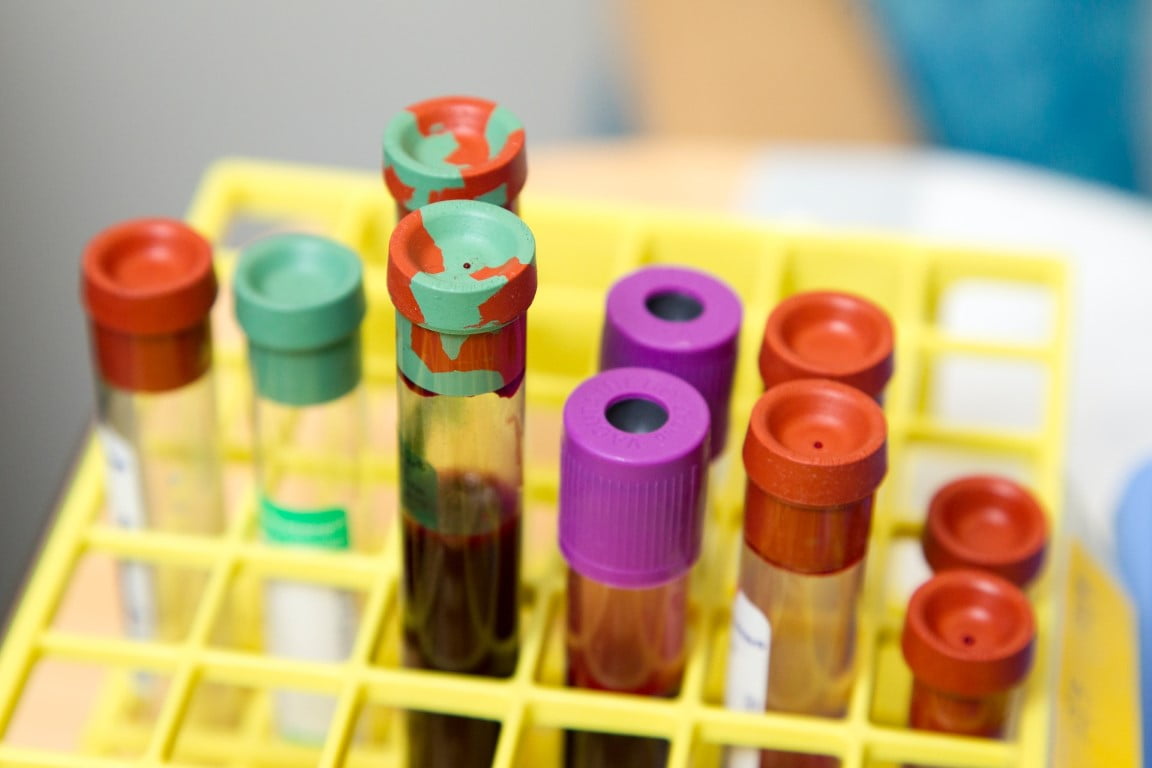——— December 30, 2022 | News | Research & Discoveries
The identification of a new rare blood type will save future newborns' lives
Doctors may be able to recognize and treat some uncommon cases of blood incompatibility, such as that which occurs between expectant mothers and fetuses, with the use of the ‘Er’ grouping.
——— Recent Articles
A recent study may help to avoid similar disasters in the future by revealing the molecular makeup of the relatively new blood type known as the Er system. A rare group of blood types that were first discovered in humans 40 years ago have gained important new understanding because to the tragic death of a pair of babies. Protein and sugar combinations that cover the surfaces of our red blood cells are classified according to blood type. Our body often employs these cell-surface antigens as identifying markers to distinguish itself from potentially hazardous intruders, despite the fact that they can have a variety of functions. Due in large part to their critical role in matching blood transfusions, researchers are most familiar with the ABO and rhesus factor blood group systems (that’s the plus or minus). However, there are a range of blood group systems that are based on a variety of cell-surface antigens and their variations. Termed Er, only caught our attention in 1982 and served as the basis for a 44th blood group. The majority of the important ones were discovered in the early 20th century. A variant called Erb was found six years later. The lack of Era and Erb was indicated by the code Er3. Although the existence of these blood cell antigens has been recognized for many years, very little is understood about how they could affect patients. Our immune system is activated when a blood cell with an antigen that our body has not recognized as being a part of us appears. Antibodies are then sent out to mark the suspect antigen-bearing cells for destruction. When a woman’s immune system becomes hypersensitive to external antigens, a blood type mismatch between the infant and the mother may occasionally result in complications. The placenta may be breached by the antibodies produced in reaction, which might cause hemolytic illness in the unborn child. Fortunately, there are now numerous treatments for hemolytic illness in infants, including blood transfusions for the babies and injections for expecting women.
Unfortunately, in one of the cases reported in the paper, a blood transfusion given after a cesarean section birth failed to preserve the child’s life, indicating that something was wrong and warranting more investigation by medical professionals and researchers. Over the years, hints of these uncommon antibodies have surfaced, but because of their rarity, comprehending them has proven difficult.
13 patients with the suspected antigens had their blood examined by a team of experts. They discovered five variations of the Er antigens, including the well-known Era, Erb, and Er3 variants as well as two novel ones, Er4 and Er5. Researchers were able to identify the gene that codes for the cell surface proteins by sequencing the patients’ genetic codes. Unexpectedly, it turned out to be PIEZO1, a gene that is well known to medical research. The gene is already linked to a number of well-known illnesses. Mice without this gene are born dead, while those with the gene deleted in just their red blood cells have swollen, brittle blood cells as a result. The researchers hypothesize that, like several other unusual blood types discovered there, the Er5 variation, which they discovered to be very prevalent in African populations, may confer some form of benefit against malaria.


